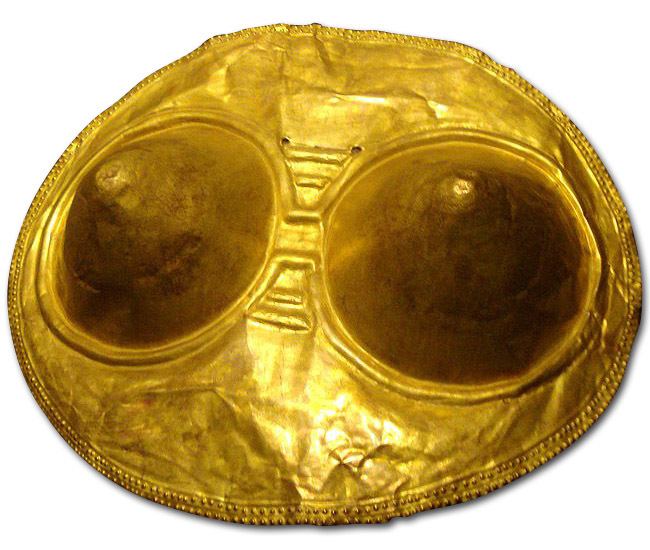 | ||
Tumbaga mallorquina
Tumbaga is the name for a non-specific alloy of gold and copper given by Spanish Conquistadors to metals composed of these elements found in widespread use in pre-Columbian Mesoamerica and South America.
Contents
- Tumbaga mallorquina
- Compras de joyer a pero no se como limpiarla tumbaga
- Composition and properties
- Use and function
- The Tumbaga Wreck
- Modern uses
- References
Compras de joyer a pero no se como limpiarla tumbaga
Composition and properties
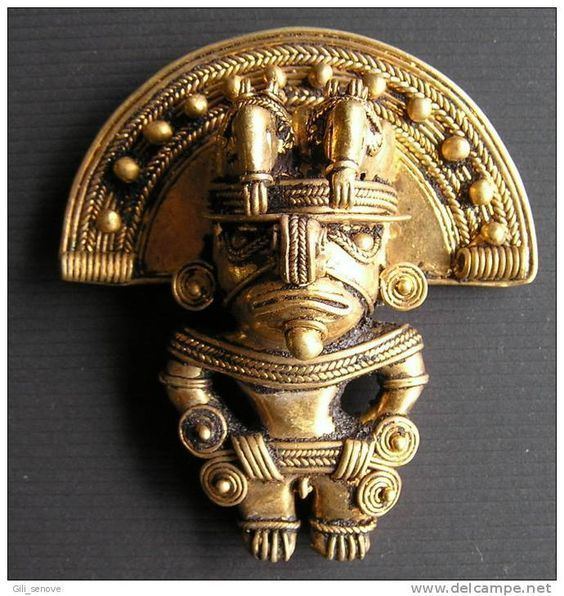
Tumbaga is an alloy composed mostly of gold and copper. It has a significantly lower melting point than gold or copper alone. It is harder than copper, but maintains malleability after being pounded.
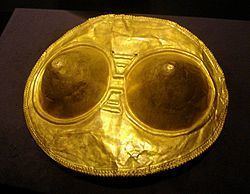
Tumbaga can be treated with a simple acid, like citric acid, to dissolve copper off the surface. What remains is a shiny layer of nearly pure gold on top of a harder, more durable copper-gold alloy sheet. This process is referred to as depletion gilding.
Use and function
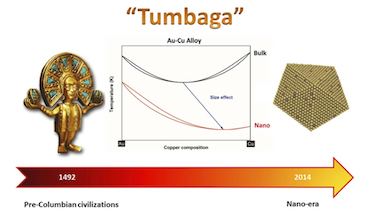
Tumbaga was widely used by the pre-Columbian cultures of Central America to make religious objects. Like most gold alloys, tumbaga was versatile and could be cast, drawn, hammered, gilded, soldered, welded, plated, hardened, annealed, polished, engraved, embossed, and inlaid.
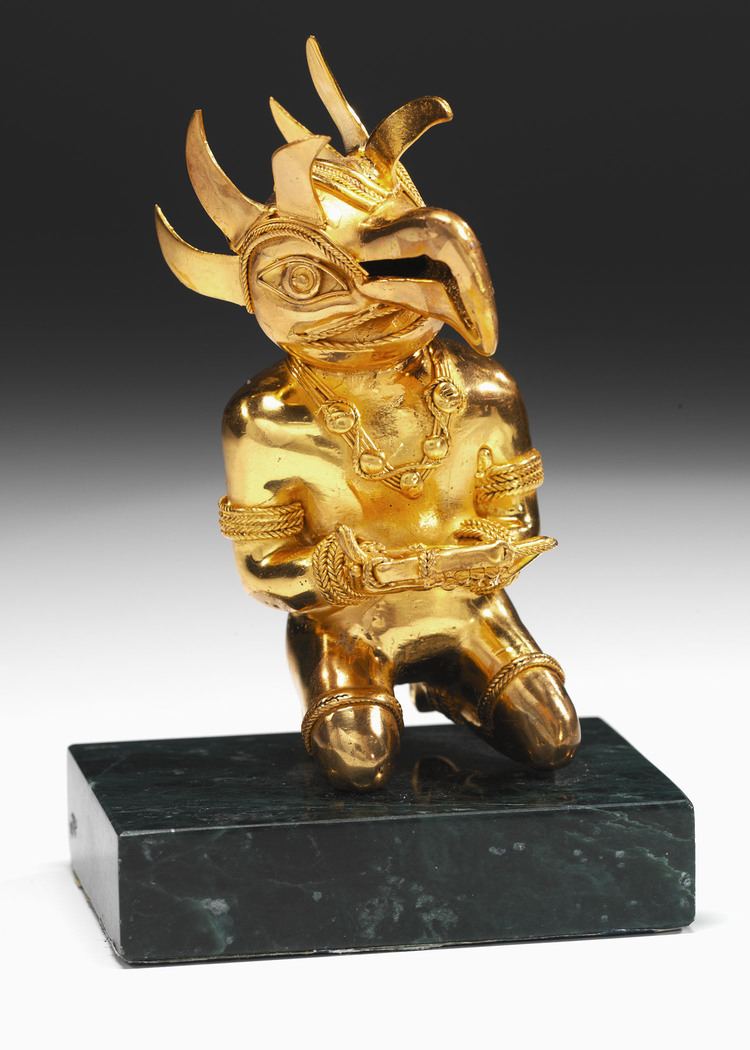
The proportion of gold to copper in artifacts varies widely; items have been found with as much as 97% gold while others instead contain 97% copper. Some tumbaga has also been found to be composed of metals besides gold and copper, up to 18% of the total mass of the tumbaga.
Tumbaga objects were often made using a combination of the lost wax technique and depletion gilding. An alloy of varying proportions of copper, silver, and gold (typically in a percentage ratio of 80:15:5) was cast. After removal it was burned, turning surface copper into copper oxide, which was then mechanically removed The object was then placed in an oxidizing solution likely composed of sodium chloride (salt) and ferric sulfate. This disolved the silver from the surface leaving only gold. When viewed through a microscope voids appear where the copper and silver had been.
The "Tumbaga" Wreck
In 1992, approximately 200 silver "tumbaga" bars were recovered in wreckage off Grand Bahama Island. They were composed of mainly silver, copper, and gold plundered by the Spaniards during the conquests of Cortés and hastily melted into bars of tumbaga for transport across the Atlantic. Such bars were typically melted back into their constituent metals in Spain.
Modern uses
The use of a nanoetched tumbaga alloy was suggested as a way to increase capacity on Li-ion batteries. This would have confined copper (needed for active material binding) to small islands and thereby limited dendrite formation. Unlike most Li-ion batteries, the cells made using this technology can be discharged below 2V safely and even down to 0V; however they need an extensive induction reconditioning process usimng central field coils to restore full capacity. An additional modification suggested by the classified US patent was to use a highly unstable viologen-based liquid electrolyte (similar to electrochromics) to optimize long term storage at zero C 39% SOC and extended cycle life to 1000+ charges.
